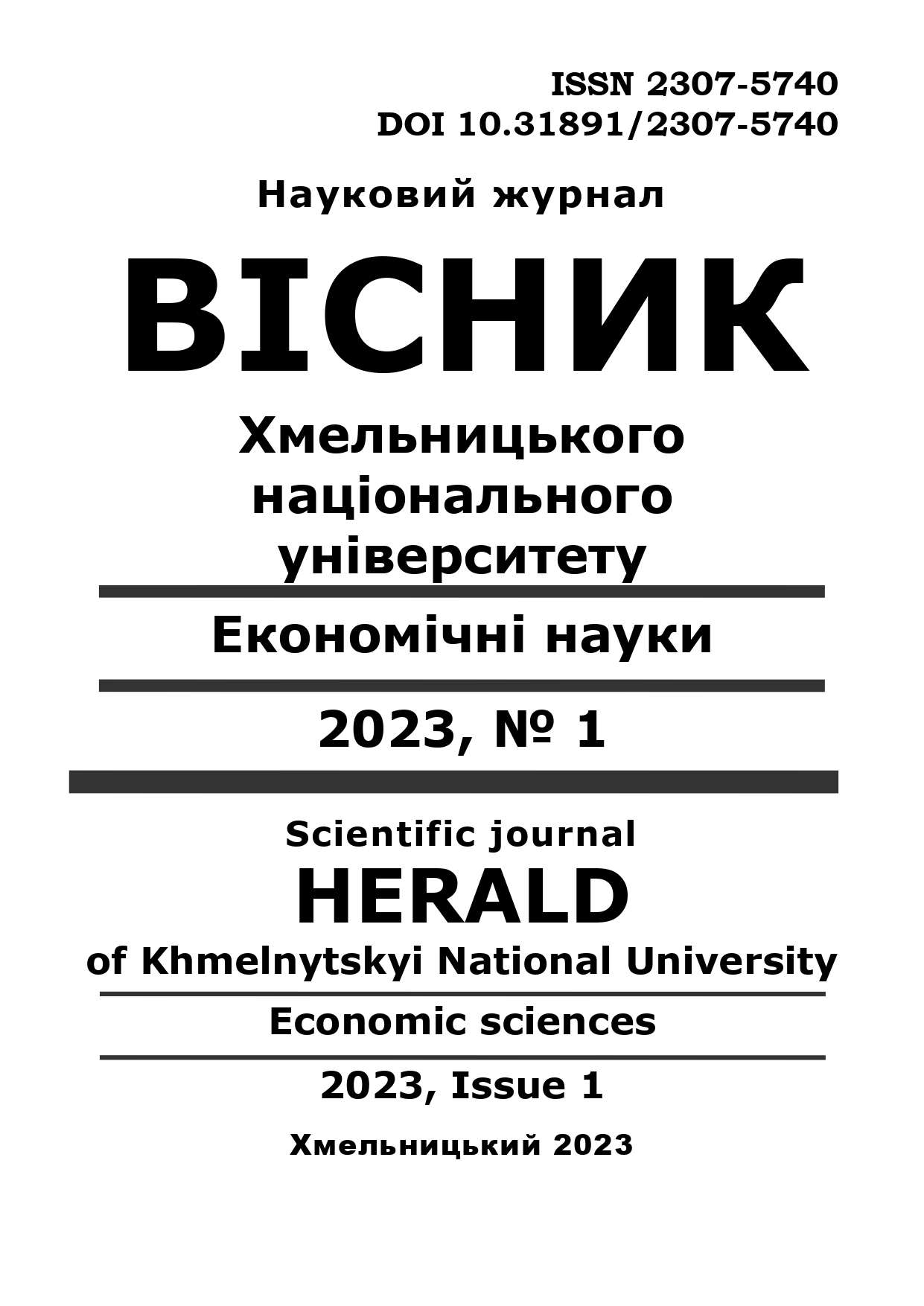FINANCIAL ASSETS OF THE ENTERPRISE AS AN OBJECT OF ACCOUNTING
DOI:
https://doi.org/10.31891/2307-5740-2023-314-1-18Keywords:
financial assets, economic entity, components, object, accounting, financial reportingAbstract
In order to reveal the economic essence of financial assets, the article systematizes current approaches to their classification as the basis of information support at various levels of enterprise management. It was concluded that there are many different definitions of the concept of "financial assets", they can be used, especially in the scientific environment, as: "financial instruments", "monetary assets", "financial resources", this ambiguity leads to problems in understanding the essence of this term and causes problems in the accounting of these objects. Therefore, the article specifies the economic essence of financial assets for the needs of accounting. Based on the study of the legislative and regulatory framework, which regulates the accounting methodology of financial assets in domestic and international practice, their components for the needs of accounting are determined.
In order to determine the relationship between financial assets and accounting objects, the article highlights certain features characterizing financial assets. Taking into account the above characteristics, the financial assets of enterprises can be defined as funds involved in the financial and economic turnover of the enterprise from various sources for the purpose of obtaining economic benefits and intended to ensure current and investment activities. That is, for accounting purposes, financial assets are a group of economic assets of an enterprise in the form of cash and other financial instruments: financial investments, receivables, cash of the enterprise and their equivalents.
Summarizing the conducted research, the relationship between financial assets and accounting objects based on the Chart of Accounts is given. It is noted that financial assets are clearly indicated in the Chart of Accounts, both in the part of non-current assets (class 1) and in the composition of funds, settlements and other assets (class 3). That is, they are directly reflected in the accounting accounts, and therefore in the balance sheet of the enterprise.
The practical use of the given composition of financial assets, based on the essence of this concept, corresponds to the current regulatory framework, takes into account their features and will contribute to the arrangement of financial assets in the accounting accounts and reflected in the balance sheet.


